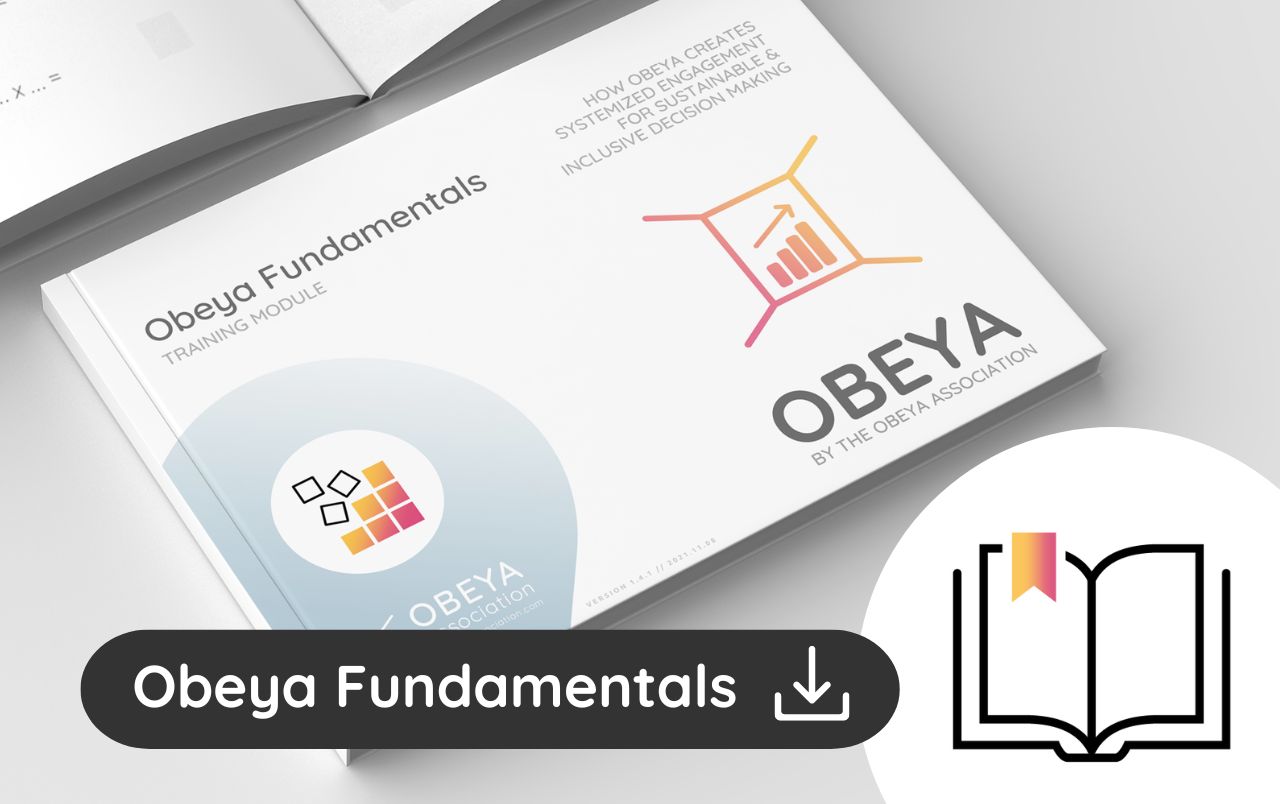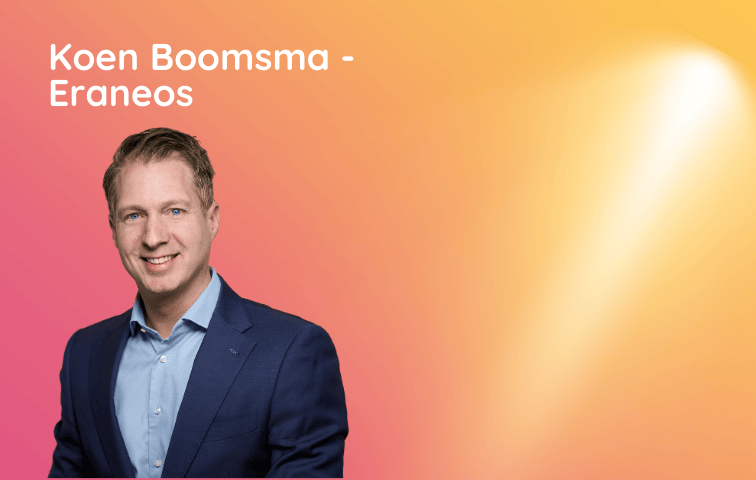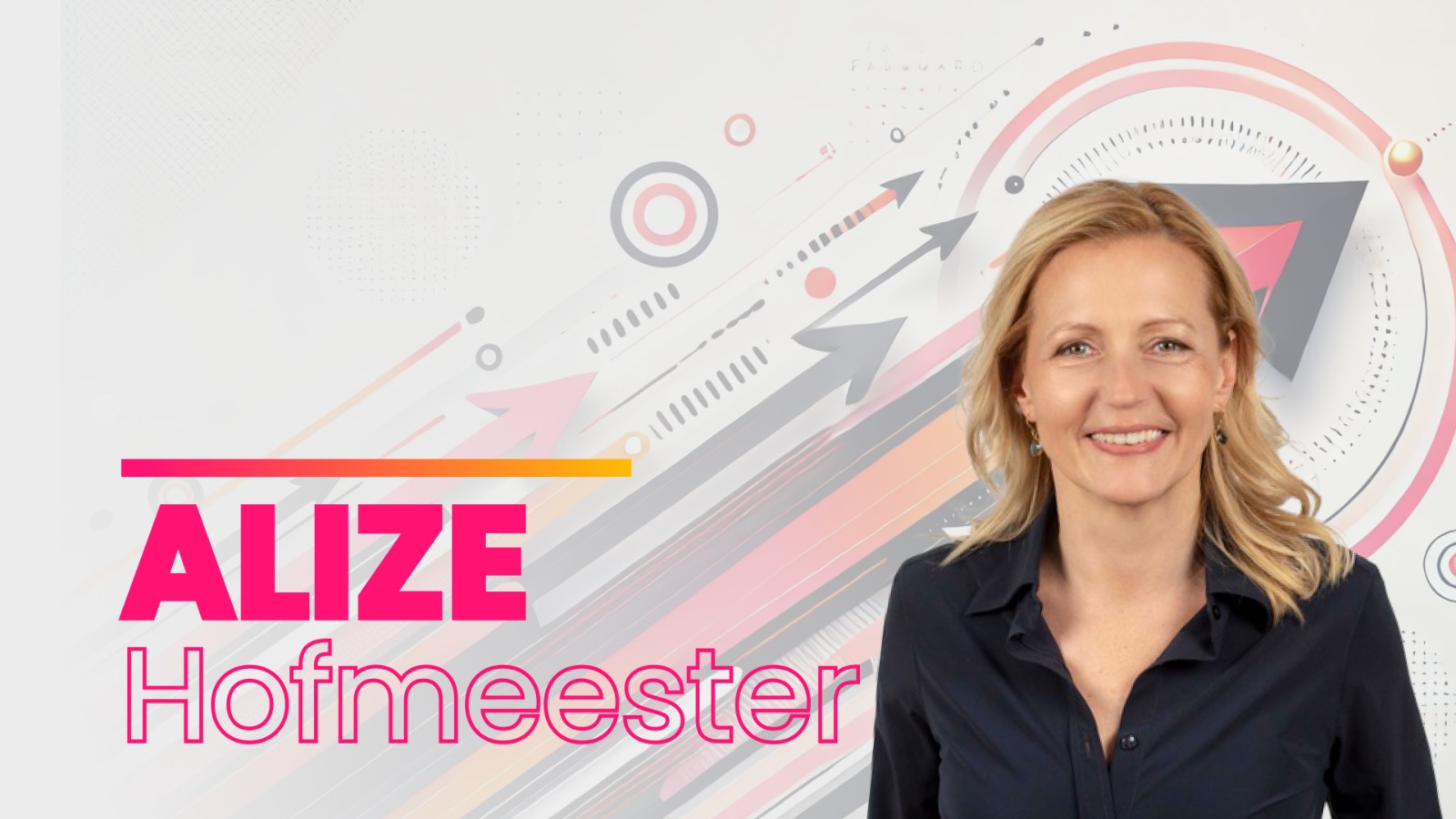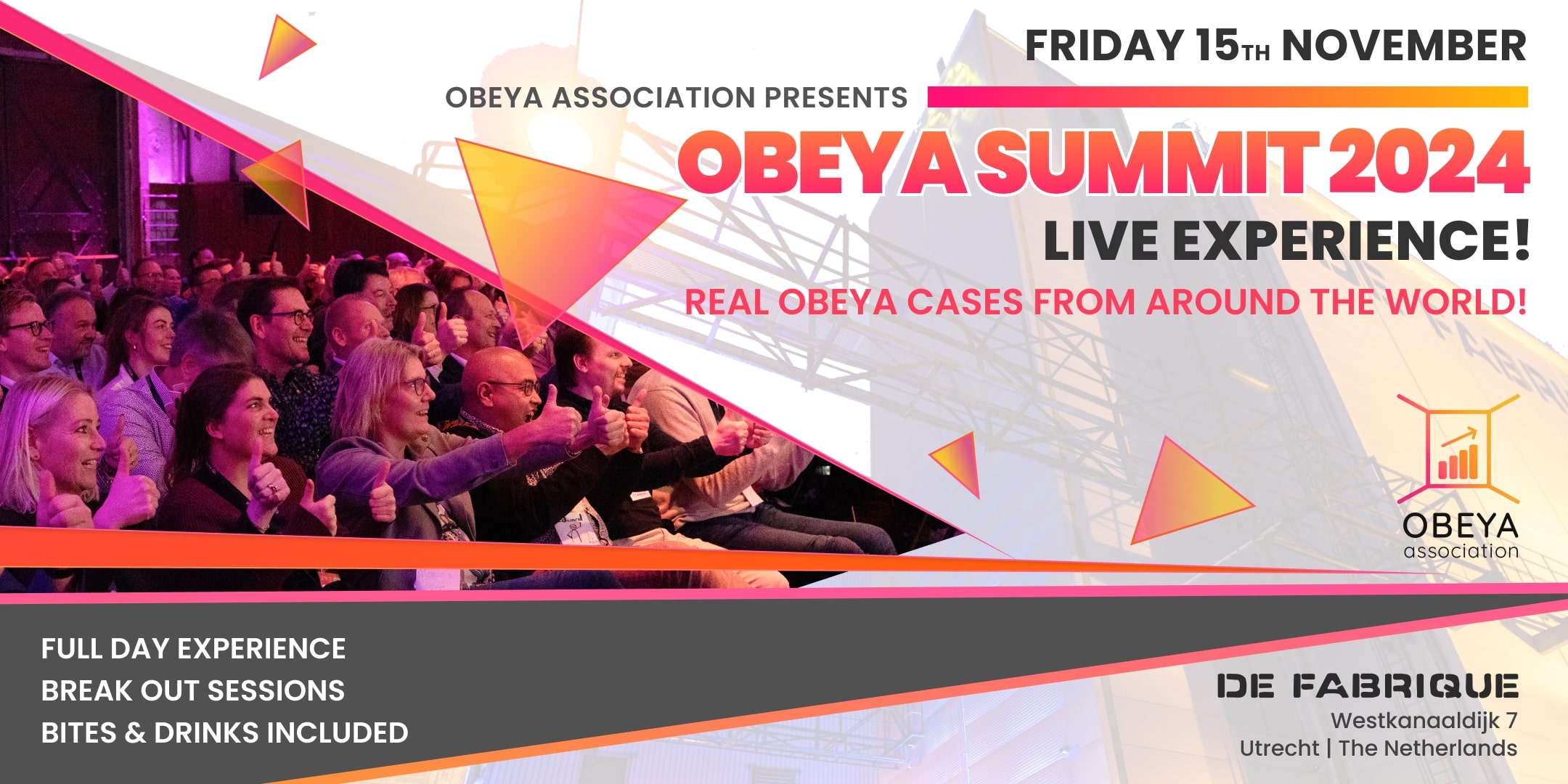
Author of this article: Jos van Minderhout, Transformation Leadership & Agile Coach
The Power of Consciousness in Obeya Leadership
By integrating consciousness with Transformational Presence into the Obeya, leaders and teams can create more dynamic, empathetic, and effective strategies that resonate on a deeper level with their teams and organizations. This approach not only improves decision-making but also fosters a culture of holistic engagement and systemic thinking, paving the way for sustainable success.
These times ask us to embrace new ideas and viewpoints. We stand on the brink of a new frontier where emerging technologies intersect with human development. This presents us with a chance to reassess who we are in the face of these new challenges and realize that we have the power to influence what happens next. By recognizing that we are not solely governed by our minds—our hearts guide us too—it will be essential to assume leadership with intention.
The exploration of consciousness and its integration with Obeya can be a fascinating journey. The principles of Transformational Presence theory may serve as a bridge to a conscious Obeya. Beyond technology, it gives us the opportunity to bring in our human essence and leverage the combined strength of our hearts and minds, which can help us to set and follow the real strategy that we want to pursue.
This calls for active engagement and practice. It starts with a personal endeavor to become aware; this journey will be profoundly enriched by collective participation with our team and organization. Sharing our insights fosters growth and enables us to unlock both our own and our organization’s potential, and leave a lasting impact on our surroundings.

Human Development in Technology
Our world is becoming more interconnected through technology, such as the internet, smartphones, and social media, and also through a growing awareness of our connection with each other and care for the Earth.
Complexity arises from the many options and expectations we have nowadays. Often, we are faced with the realization that we don’t have all the answers and find ourselves in unfamiliar territory, with new technologies and social environments. Developing the ability to have confidence and learning to navigate even when we don’t know where we will end up will become a vital future trait.
Analyzing big data and using artificial intelligence can support us, but we also need human qualities of logic, compassion, and intuition. Tapping into this potential and our collective wisdom can provide new perspectives on making an impact in our organizations and leading into the emerging world.
The Essence of Consciousness
When interpreted in the literal sense, ‘conscious’ signifies ‘being’, while ‘consciousness’ refers to our awareness of our being. It encompasses our thoughts and feelings within and the way we experience and perceive our surroundings. This awareness of consciousness and thus our presence in the Obeya room empowers us to respond accordingly.
Here’s a brief exercise to enhance our consciousness. Ask yourself, ‘What’s happening within me at this moment?’ Tune into your thoughts, emotions, and sensations(1). Observe without judgment or a desire to alter anything, and notice the shift in your perception. Whether there’s a flurry of activity or stillness, both are perfectly fine. By doing this regularly, we train ourselves to become aware of how we show up and therefore influence our environment.
Delving further into this practice, consciousness can help us following our hearts. When we open up ourselves to our feelings and emotions, we can be overwhelmed, and we may want to retreat to our minds quickly. But with more exploration, our hearts begin to speak, distinguishing heartfelt feelings from old emotions.
In this, our intuition is the language of our heart. Allowing it more often, we make contact with a deeper wisdom within ourselves. It steers us away from impulsive reactions that either escalate drama or trigger a rush to solutions, both of which trap us in an endless loop.
Things become different when we take the space to think freely and empathize: ‘What do we really want?’ and ‘What is truly possible?’(2) The likelihood that we will have a different reaction that actually solves something is then very high. By narrowing the gap between our minds and hearts, we can better bridge the divide within ourselves and perhaps also in society.

The Role of Consciousness in Leadership
To move forward, we need leaders who are open to what is happening here and now, in our organizations and beyond. Leaders who can perceive a situation’s energy and are not afraid to act as soon as they sense what the next step should be. This allows for:
- Enhanced Decision-Making: Conscious leaders are curious, resourceful, and tune in to the dynamics of their environment. This awareness supports better decision-making, as leaders can perceive subtleties that might otherwise be overlooked.
- Empathy and Connection: By being conscious of their presence and emotions, leaders can foster deeper connections with their teams. This empathy leads to more meaningful conversations and collaborative efforts.
- Holistic Engagement: Conscious leadership involves engaging not just the mind but also the heart and gut. This holistic approach ensures that decisions are not purely logical but also compassionate and intuitive. It enables us to zoom out and see the entire picture.
Kokoro Principle
In Japanese culture, there is a concept called ‘Kokoro,’ which means ‘mind, heart, and spirit.’ It is about aligning the energy in our ‘essential core.’ When we want to achieve something, Kokoro asks, ‘What qualities belong to someone who would want that?’ Because how we live is how we will lead others(3).
If we apply the Kokoro principle to the work situation, we can ask ourselves the following questions: ‘Who do we have to be to realize these big new ideas, projects, and milestones? What qualities do we need to develop, and what can we demonstrate in our leadership?’
When we work in the space between ‘what is’ and ‘what could be,’ we face all kinds of creative tensions where traditional problem-solving skills are no longer sufficient. One of the practices we could learn more about is Transformational Presence.
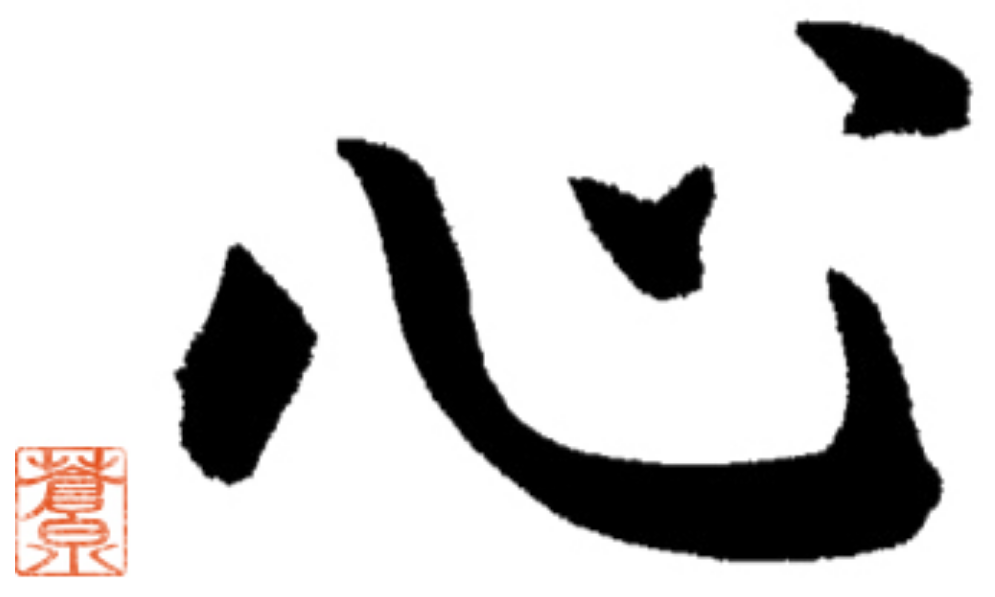
Image of Japanese calligraphy for 'Kokoro'
Transformational Presence
Alan Seale is the founder of the Center for Transformational Presence. He combined his experiences and lessons from his own practice as a business leader and conscious individual, with those he learned from the ancient wisdom and new wisdom of systemic working and heart intelligence.
‘Transformational Presence’ means showing up to life and leadership in a way that creates the best possible environment or culture for transformation to occur. We cannot make transformation happen, yet we can create the best possible conditions for transformation to unfold(4).
The degree to which we are fully conscious of our ‘Presence’ determines our emotions and behaviors, and therefore influences our choices and opportunities. This allows us to make that moment ‘Transformational’ by acting on the potential that exists in that situation. The following three questions can help us:
- ‘What wants to happen?’ or ‘What is the hidden message in this situation?’
- ‘What role is it asking us to take?’ and,
- ‘What is it asking us to do?’
A quote from Alan Seale says it best: “Transformational Presence is so much a way of living and leading—it’s an approach—people understand it best by experiencing it rather than talking about it.” This was the spark for me to make it also practical and connect it with the potential that lies in the Obeya framework.
Applying Transformational Presence in Obeya Leadership
‘Conscious Obeya’ integrates consciousness into the strategic and operational processes within the Obeya. It involves positioning ourselves with awareness, using intuition, and applying logical steps informed by deeper insights. This approach, based on the principles of Transformational Presence, offers the following applications:
Strategic Visualization: When creating or evaluating your Obeya board, integrate conscious awareness. Stand in the imagined future where our strategic goals have been realized. This physical and emotional engagement helps bring strategic visions to life. Use this insight to guide our current actions, such as in our quarterly or yearly evaluations, or to check if an action aligns with the purpose on the Obeya board.
Heart-Based Reflection: Before making decisions, take a moment to tune into your heart. Feel how it aligns with our core values and how our decisions will impact others. This can be done alongside our analytical mind to make a holistic decision or simply used as a check-in or check-out moment in one of the Obeya meetings.
Push Against or Flow With: Recognize that our organization is an interconnected system. Use systemic working principles to understand the broader dynamics at play. Determine whether we are working against the system or flowing with what truly wants to happen. Apply this understanding when developing our indicators, figuring out what influences our performance, and how to solve difficult problems and challenges.
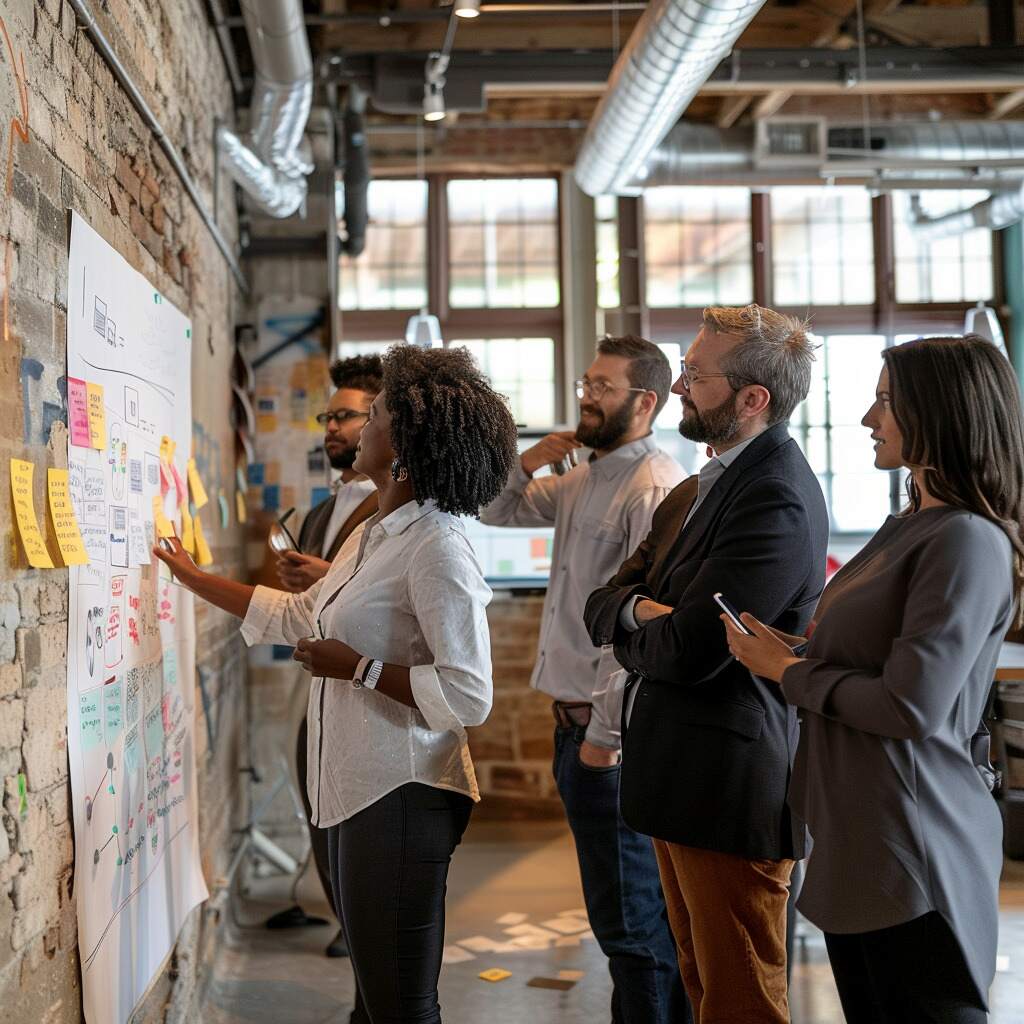
How to Start with Strategic Visualization
Let’s stand in front of the Obeya board and have our focus on our breath and our heart, so we move from thinking to experiencing and feeling. What if we stand in the energy of the future, where we have realized our goals? We can do this exercise individually or with our team.
What are we doing in the future, how does it feel, and what do we radiate? Pay attention to the sensations. If we carry that energy and feeling back to the present, what do we become aware of? And what does that ask us to be and to do? With this, we can create a new reality, where perhaps the limiting beliefs we had no longer matter(5).
Once we fully experience the energy of us or our team living the new vision, we can use that as a starting point. Here, our mind can step in again and help us organize the new strategy, actions, and tools to achieve it.
This exercise enables us to first make an emotional connection with our goals and integrate them into our belief system, which will strengthen us along the way in achieving our goals and overcoming the challenges they bring.
Invitation to Action
I invite you, the reader, to share your experiences and to reflect with others about applying consciousness in Obeya leadership, and let me know your outcomes. Together, we can explore new ways to enhance our organizations and lead with heart and mind. Conscious Obeya is just one aspect of applying consciousness. Above all, I don’t claim to have all the answers. I look forward to learning together and using our collective wisdom to take positive steps forward.
References
- (1), (2), (3), and (4) 2017: ‘Transformational Presence: How to Make a Difference in a Rapidly Changing World’, by Alan Seale.
- (5) 2018: ‘Transformational Presence: The Tools, Skills, and Framework’, by Alan Seale.
- Advice and feedback were taken from the Obeya community of Laurens Bonnema, Obeya Sensei, and Feiko van der Kolk, Obeya Sensei.
- Advice and feedback were taken from the Transformational Presence community of Alan Seale, Founder and Director of the Center for Transformational Presence, and Sander van Eekelen, Transformational Leadership Coach and Trainer in the Netherlands.
- Illustration (1), (2), (4): were generated by AI on the ideas of this article.
- Illustration (3): ‘Kokoro’ sign, Shodo Japan calligraphy course: http://shodo-japan.com/sp/whatis.html
- To contact and share your experience with applying consciousness with Jos van Minderhout, use messaging on his LinkedIn profile: https://www.linkedin.com/in/jos-van-minderhout-1850581

